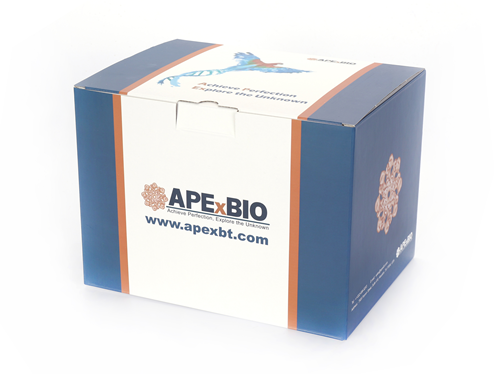Recombinant Human IL-1beta/IL-1F2
Interleukin-1 beta (IL1 beta or IL1B) also known as catabolin, is a member of the interleukin 1 cytokine family. IL1 is a name that designates two pleiotropic cytokines, IL-1 alpha (IL-1F1) and IL-1 beta (IL-1F2), which are the products of distinct genes. IL-1 alpha and IL-1 beta are structurally related polypeptides that share approximately 21% amino acid (aa) identity in human. Both proteins are produced by a wide variety of cells in response to inflammatory agents, infections, or microbial endotoxins. While IL-1 alpha and IL-1 beta are regulated independently, they bind to the same receptor and exert identical biological effects. IL-1RI binds directly to IL-1 alpha or IL-1 beta and then associates with IL-1R accessory protein (IL-1R3/IL-1RAcP) to form a high-affinity receptor complex that is competent for signal transduction. IL-1RII has high affinity for IL-1 beta but functions as a decoy receptor and negative regulator of IL-1 beta activity. The human IL-1 beta cDNA encodes a 269 aa precursor. A 116 aa propeptide is cleaved intracellularly by the cysteine protease IL-1 beta converting enzyme (Caspase-1/ICE) to generate the active cytokine [5-7]. The 17 kDa mature human IL-1 beta shares 96% aa sequence identity with rhesus and 67%-78% with canine, cotton rat, equine, feline, mouse, porcine, and rat IL-1 beta.
Reference
[1]. Allan, S.M. et al. (2005) Nat. Rev. Immunol. 5:629.
[2]. Boraschi, D. and A. Tagliabue (2006) Vitam. Horm. 74:229.
[3]. Kornman, K.S. (2006) Am. J. Clin. Nutr. 83:475S.
[4]. Isoda, K. and F. Ohsuzu (2006) J. Atheroscler. Thromb. 13:21.
[5]. March, C.J. et al. (1985) Nature 315:641.
[6]. Auron, P.E. et al. (1984) Proc. Natl. Acad. Sci. 81:7907.
[7]. Martinon, F. and J. Tschopp (2007) Cell Death Differ. 14:10..
|
Accession # |
P01584 |
|
Alternate Names |
Human IL1 beta; IL-1 beta; IL-1; IL-1b; IL1-BETA; IL1F2; IL-1 beta; interleukin-1 beta |
|
Source |
Human embryonic kidney cell, HEK293-derived human IL1-beta protein |
|
Protein sequence |
Ala117-Ser269 |
|
M.Wt |
17.4 kDa |
|
Appearance |
Solution protein. |
|
Stability & Storage |
Avoid repeated freeze-thaw cycles. It is recommended that the protein be aliquoted for optimal storage. 3 years from date of receipt, -20 to -70 °C as supplied. |
|
Concentration |
1 mg/mL |
|
Formulation |
Dissolved in sterile PBS buffer. |
|
Reconstitution |
We recommend that this vial be briefly centrifuged prior to opening to bring the contents to the bottom. This solution can be diluted into other aqueous buffers. |
|
Biological Activity |
Measured in a cell proliferation assay using D10.G4.1 mouse helper T cells. The EC50 for this effect is 1-10 pg/mL. |
|
Shipping Condition |
Shipping with dry ice. |
|
Handling |
Centrifuge the vial prior to opening. |
|
Usage |
For Research Use Only! Not to be used in humans. |
Quality Control & MSDS
- View current batch:
-
Purity > 95%, determined by SDS-PAGE.
- Datasheet
Endotoxin: <0.010 EU per 1 ug of the protein by the LAL method.








